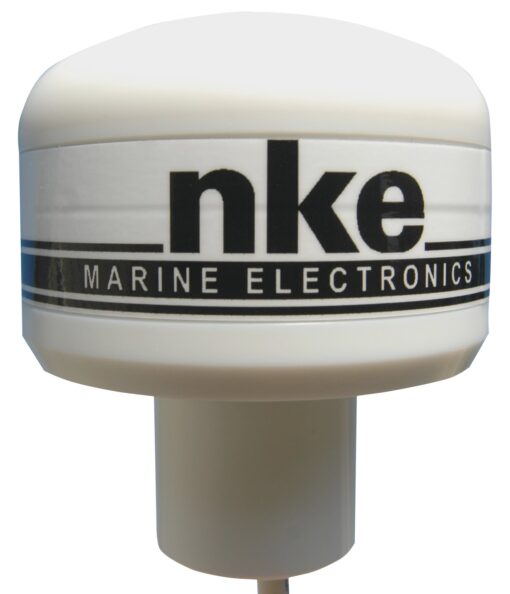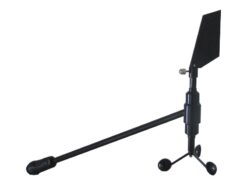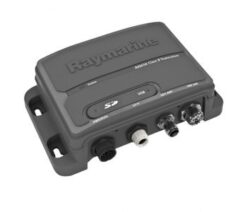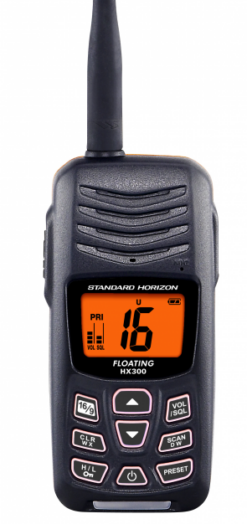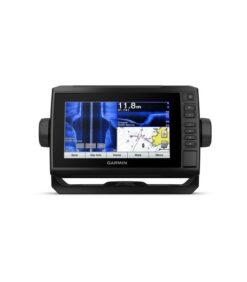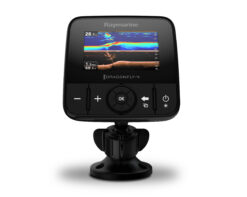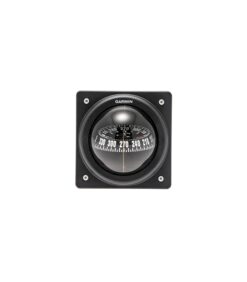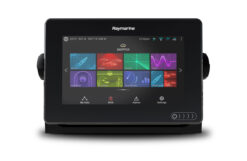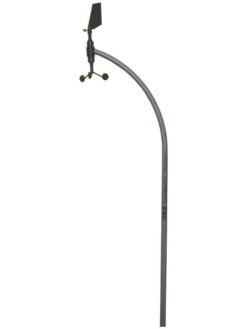Description
A very reactive speed over ground
After having equiped the 60’s with professional high frequency GPS, we have analyzed Michel Desjoyeaux’s (FONCIA skipper) saved information.
We have found significant differences between surface speed and speed over ground in a non tidal zone. This is due to the difference in speed above and below the wave.
A wave is a transverse line that transports energy without moving any matter. But in certain cases, the layer of water will move in an elliptic circular motion and so, infer an apparent wind totally independent from the ground speed. The ground speed is the motion speed of the hull in relation to this layer of water
Using a pilot : The real wind is measured with the water speed.
When piloting in a real wind mode, the change in the apparent wind due to this movement isn’t taken in account in the calculation. The angle of the real wind changes based on the speed of this layer of water, and the pilot makes up for it. The speeds found go from 2 to 3 knots. For example, with a 10 knots apparent wind and a 126° real wind , there is a 10° change on the real wind angle.
Calculating the wind by using the water speed, you integrate the speed of this layer of water and so the angle of the real wind is no longer influenced.
Using a High frequency GPS enables you to :
•Obtain a new piloting mode that improves the boat handling : The real wind mode.
•Have a very reactive water speed reading
This sensor gives a 10Hz frequency water speed (10 times a second)
It is directly connected to the nke BUS.
The sensors NMEA output permits interfacing it to a computer in order use the GPS data.
What choices for the user
The choice of speed source (ground or water) for the calculation of the real wind is done with the Gyropilot Graphic.
By puting on the pilots real wind mode, you can pilot in ground or water real wind, you can choose.
Another advantage the high frequency GPS has is that it’s an excellent way to continue using the real wind in case you have a problem with the ground speed sensor.
This sensor is recommended on boats equipped with a nke gyropilot .
It has been tested on the Mini tour by Aymeric Chapelier on the Select 6,50 Pornichet, validated by Nicolas Boidevezi and Davy Beaudart(1st in the prototype class of the MAP trophy and 3rd on the Mini Fastnet). But also ratified by Antoine Riou (1st in the Plymouth Fastnet) in interesting wave conditions.
It requires the real wind option (pilot) and the ground speed option (depth-finder log interface)
Characteristics
•Number of channels : 65
•Outputs : TOPLINE BUS and NKEA 183
•Supplying : 12v DC for the Bus TOPLINE and 6-33v for other use
•Consumption : 50 mA to 12v DC
•Dimensions : 72mm x 50mm
•Fixing : flat or by threading 1 ¼’ , compatible with a universal balcony
•Length of the wire for the BUS : 10m without connector
•Weight : 270g without the wires
•Waterightness : IP 67
Associated options :
•Real wind and Ground speed(Using the Gyropilot2 calculator) [90-60-296]
•Ground speed option 2 (depth-finder log interface) [90-60-502]
Buy a High frequency GPS to get the Ground speed option free (offer valid until the 11-30-12 for returning depth-finder log interface to the factory clients).
—

